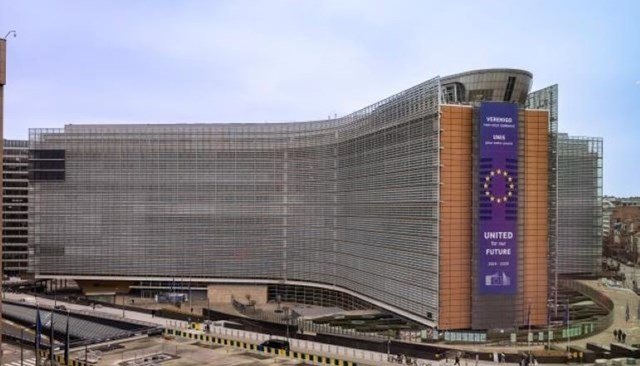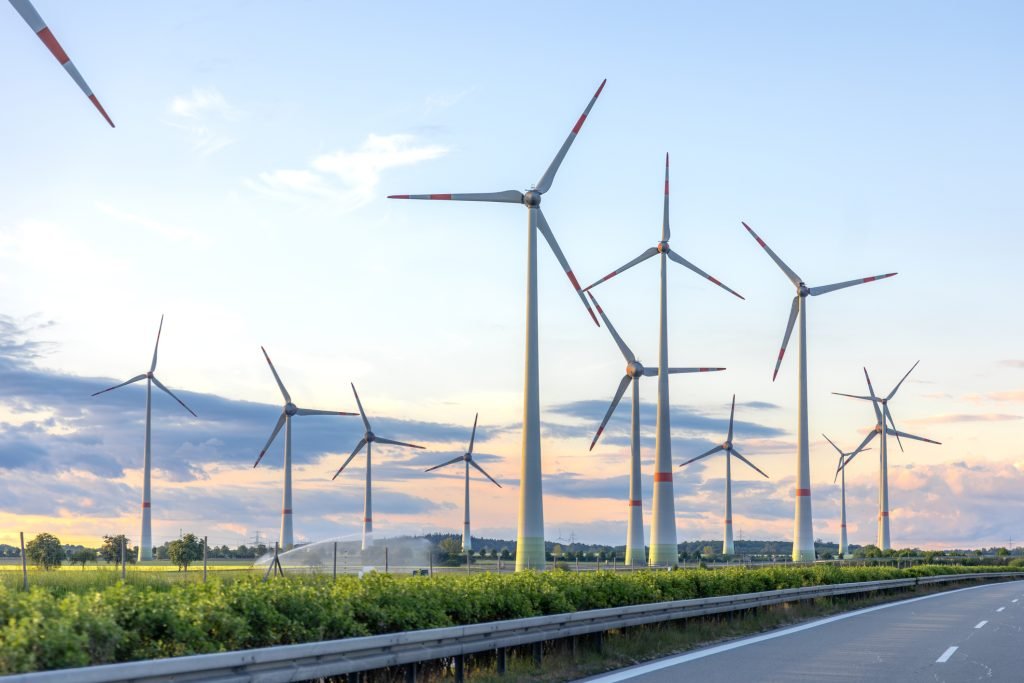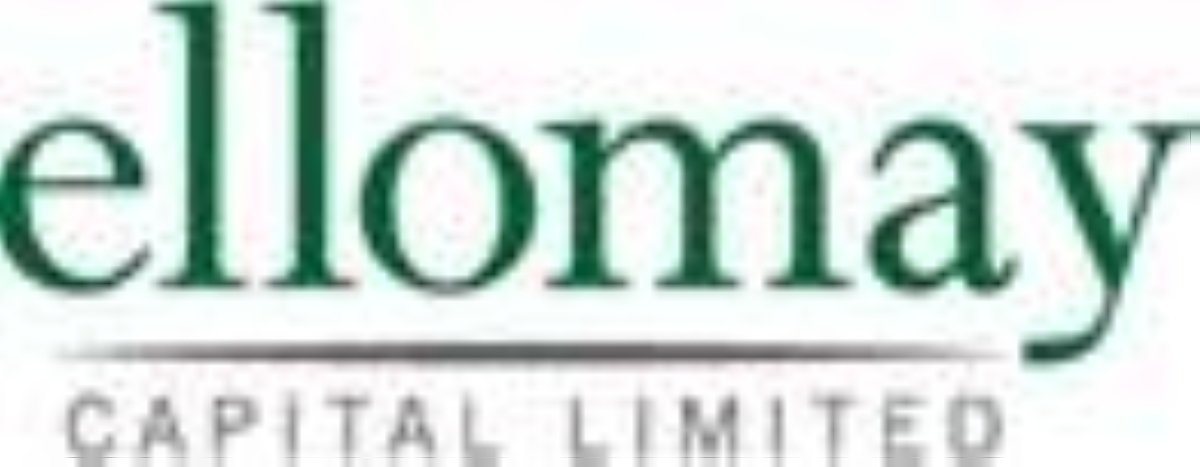The European Commission has established a new State aid framework aimed at increasing investments in clean energy and low-carbon industrial technologies across the European Union. The Clean Industrial Solutions Aid Framework (CISAF) replaces the Temporary Crisis and Transition Framework from 2022 and will be effective until December 31, 2030.
CISAF is intended to assist Member States in creating support programs that align with the EU’s climate objectives while providing long-term policy clarity for industries. The framework simplifies State aid regulations in five key areas:
1. **Renewable Energy and Low-Carbon Fuels**: The CISAF streamlines the approval process for aid schemes that support the deployment of renewable energy solutions and low-carbon fuels, including green and blue hydrogen. These fuels are essential for sectors that are challenging to decarbonize.
2. **Electricity Price Relief**: The framework allows Member States to offer reduced electricity costs for energy-intensive users who face international competition. Beneficiaries of this support are required to reinvest savings into decarbonization initiatives.
3. **Decarbonization of Industrial Facilities**: The CISAF facilitates financial support for the decarbonization of industrial sites, which is crucial for reducing carbon emissions in manufacturing processes.
4. **Clean Technology Manufacturing**: Support is also extended to the expansion of clean technology manufacturing and the processing of critical raw materials needed for these technologies.
5. **Private Investment**: To encourage private capital influx into clean infrastructure, Member States can provide equity, loans, or guarantees through specialized funds or vehicles designed for this purpose.
The framework permits aid for capacity mechanisms and flexibility tools to better integrate intermittent renewable sources into the electricity grid, adhering to the EU’s target market design. Aid can be allocated through predefined amounts up to €200 million, funding gap assessments, or competitive tenders. Additionally, regions classified as less advantaged will benefit from higher aid intensity based on the EU’s regional aid maps.
Tax incentives are also introduced to stimulate demand for clean technologies within the CISAF. This comprehensive approach aims to mobilize the necessary investments to meet the EU’s climate and energy goals effectively.
The CISAF complements existing regulations under the Climate, Environmental Protection, and Energy Aid Guidelines as well as the General Block Exemption Regulation. The framework was finalized after extensive consultations with Member States and stakeholders, including feedback from a survey on the previous Temporary Crisis and Transition Framework.
With this new framework, the European Commission aims to provide a structured and supportive environment for the transition to a sustainable energy future.




